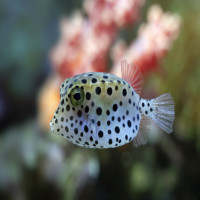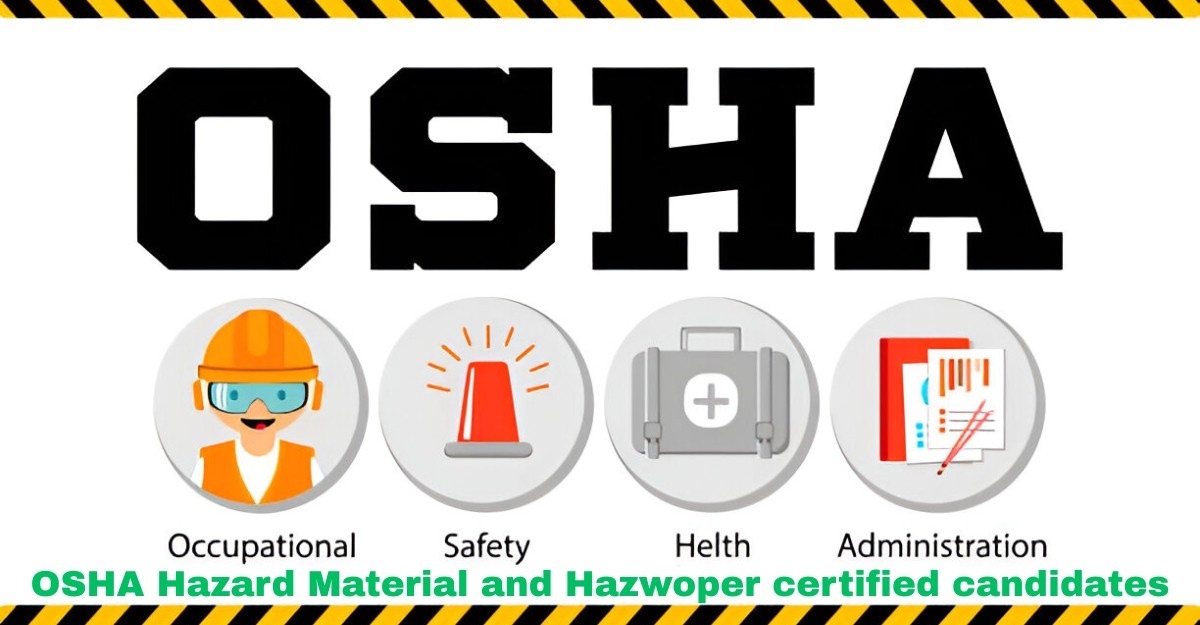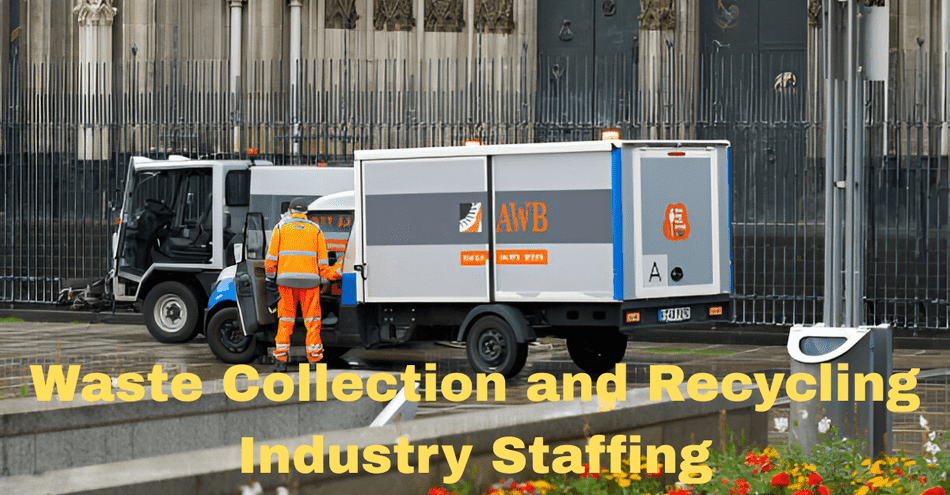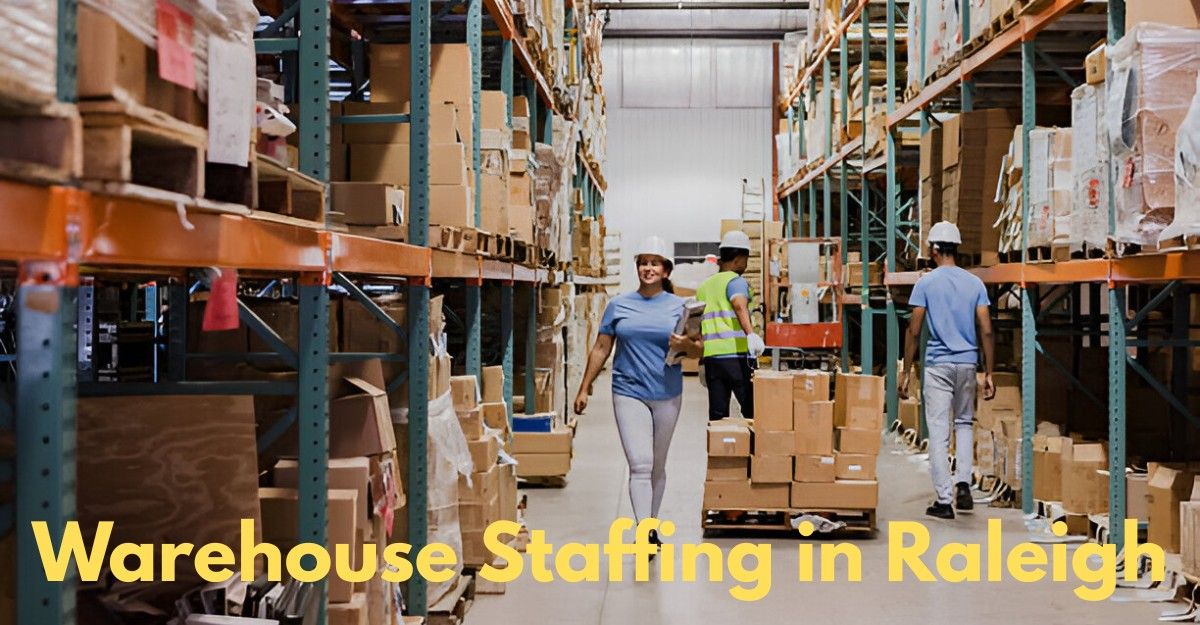How Accurate Fish Identification Helps Prevent Overfishing
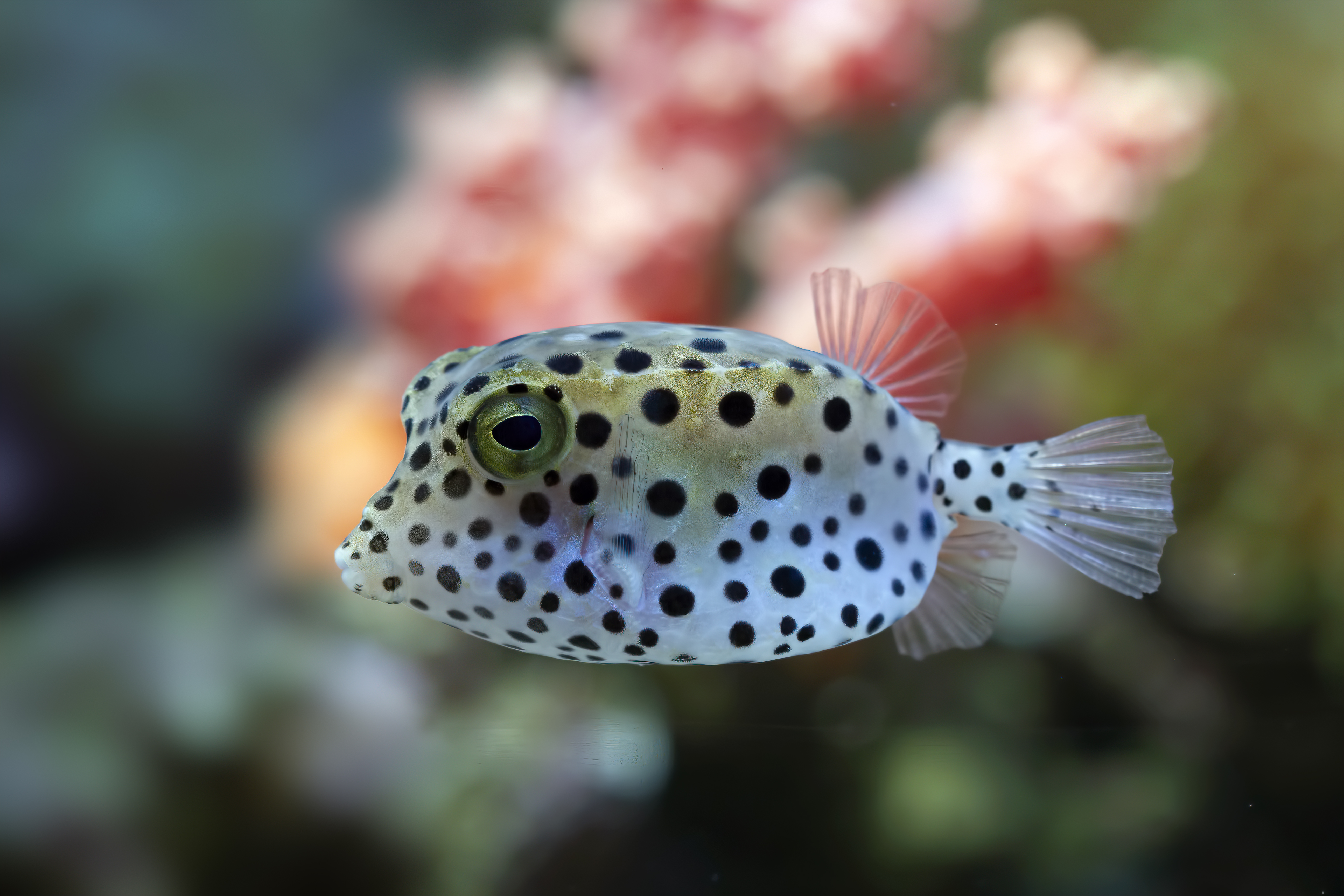
Strong 8k brings an ultra-HD IPTV experience to your living room and your pocket.
Oceans cover over 70% of our planet, yet their resources are being stretched thinner by the day. Overfishing is one of the biggest threats facing marine biodiversity, coastal economies, and global food systems. But amid this growing crisis, one tool is proving to be surprisingly effective: fish identification.
It may sound simple—just knowing what fish is being caught. But when applied correctly and consistently, accurate identification becomes a powerful defense against unsustainable harvesting. Let’s explore how this foundational practice is helping turn the tide on overfishing.
The Growing Problem of Overfishing
The Food and Agriculture Organization (FAO) reports that more than 34% of global fish stocks are overfished. An additional 60% are being harvested at maximum sustainable levels. In other words, we’re fishing too hard and too fast—with little room for error.
Part of the issue lies in poor data. If fisheries don’t know what species they’re catching or misreport their catch, regulators and scientists can’t assess stock health or set responsible quotas. That’s why fish identification is so vital—because misidentifying species leads directly to bad management decisions.
Why Accurate Identification Makes a Difference
The benefits of proper fish identification extend beyond paperwork. It supports science, policy, industry, and even the public's trust in seafood. Here’s how:
1. Better Management of Fish Stocks
Every species has its own reproduction rate, life cycle, and migration pattern. Managing them effectively means understanding them in detail. Mistaking one species for another, especially those that look alike, can result in overharvesting of already threatened fish.
For example, the dusky shark—a slow-growing and vulnerable species—is often confused with the more abundant sandbar shark. These kinds of mistakes have real consequences.
2. Stronger Legal Enforcement
Fishing regulations often include species-specific limits. If fishers record the wrong species—whether by accident or design—it can lead to significant overfishing. With modern monitoring systems and AI-based fish identification tools, compliance is becoming easier to track and enforce.
Vessels equipped with onboard cameras, machine learning, and electronic logs are now being used to identify and verify catches in real-time, improving both transparency and accountability.
3. Accurate Data for Scientific Research
Fisheries science is built on solid data. But if the species in a catch log are misidentified, the data becomes flawed. That, in turn, leads to faulty models, poor stock assessments, and misguided management strategies.
Precise fish identification allows scientists to track population dynamics, monitor the success of conservation programs, and anticipate future risks with confidence.
Fighting Seafood Fraud
Another area where this process shines? Fraud prevention. According to Oceana, as many as 1 in 3 seafood products is mislabeled. Consumers may think they’re buying wild-caught snapper, but they could be getting a cheaper substitute.
By implementing better fish identification throughout the supply chain—from catch to market—retailers and restaurants can maintain transparency and prevent deception. That trust matters to today’s eco-conscious consumer.
Tools and Tech That Make It Possible
Thankfully, technology is making fish identification more efficient and accurate:
- DNA barcoding allows species verification even from processed fillets or partial tissue.
- AI image recognition tools, such as FishFace, automatically analyze fish photos from onboard cameras.
- Mobile apps let fishers, inspectors, and researchers confirm species characteristics in the field with a few taps.
With these innovations, accuracy is no longer limited by experience alone.
Case in Point: Reef Protection in Australia
In Australia, accurate fish identification is key to managing coral reef health. Herbivorous species like parrotfish help control algae on reefs. When these fish are overharvested—often due to misidentification—coral systems degrade rapidly.
Programs led by the Great Barrier Reef Marine Park Authority train divers and fishers to correctly log and report catches. The result? More resilient reefs and more informed conservation decisions.
Empowering the Fishing Community
Identification tools are only as good as the people using them. That’s why international organizations like NOAA, FishBase, and Marine Stewardship Council (MSC) offer extensive training programs on fish species recognition.
These programs are especially critical in coastal communities where traditional fishing practices are still common. Education bridges the gap between local knowledge and modern conservation needs.
Conclusion: A Quiet Revolution in Ocean Management
Accurate fish identification isn’t just a scientific tool—it’s a solution. It helps preserve endangered species, guide fair fishing policies, reduce fraud, and keep ecosystems in balance.
As the seafood industry evolves, and as global demand rises, simple but smart strategies like this will play an increasingly important role. By making sure every catch is identified properly, we take a meaningful step toward ocean sustainability—for ourselves and generations to come.
Recap: Why It Matters
- Fish stocks can’t be managed without knowing what’s being caught.
- Identification prevents the collapse of vulnerable species.
- It strengthens compliance, traceability, and consumer trust.
- Technology is making accuracy easier and more scalable.
- Training and education empower the people closest to the problem.
Note: IndiBlogHub features both user-submitted and editorial content. We do not verify third-party contributions. Read our Disclaimer and Privacy Policyfor details.

